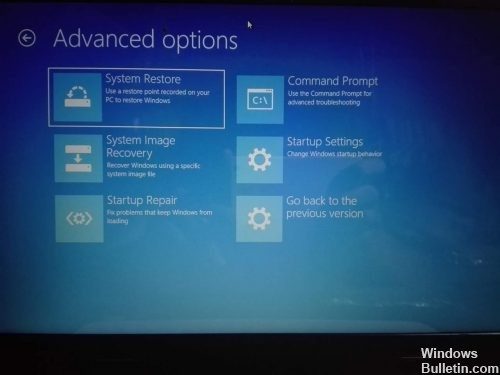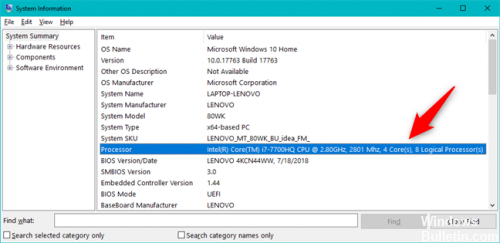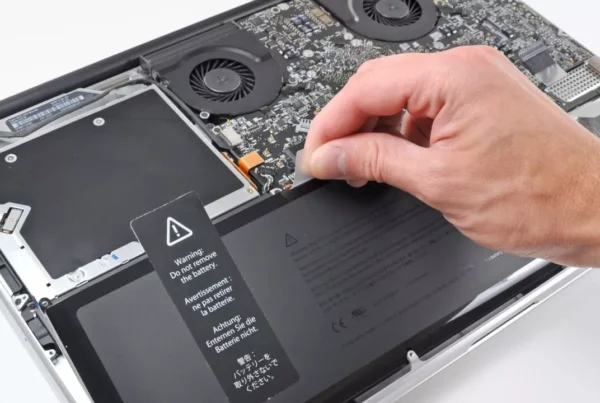RECOMMENDED: Click here to fix Windows errors and get the most out of your system performance
Many Windows 10 users report that they are unable to enter UEFI settings on their Windows 10 computer. In most cases, users have tried to enter the UEFI menu from the Start screen or Advanced Options menu, but failed. they were able to enter it. Most of the affected users report that the UEFI menu could previously be entered.
Access UEFI settings:
To enter UEFI firmware Windows setup, do the following.
- Press Windows key (image: icon_Windows8_key.png) + C to open your charms.
- Select the configuration build, then click Modify computer configuration.
- Click Update and restore.
- Select Restore, then under Advanced startup, click Restart now.
- After a while, the Select an option screen appears.
- On the Choose Option screen, select Troubleshooting and click Advanced Options.
- Click UEFI Firmware Settings, then click Restart. Your system reboots and enters UEFI.
Enabling Start Time Alternatives
Sometimes different startup options can disable the type of keys you have tried to use. You mentioned one of them (“Fast Boot”), but there are others and the names may vary. (Sometimes these options describe the degree of USB initialization, and setting a minimum USB initialization can prevent the keyboard from responding.) If you have another computer (even a smartphone), try the names of the search alternatives in Google search while scrolling through the menus to see what they do.
Check if your computer is equipped with UEFI.
Before proceeding with other repair strategies, it is essential to make sure that your computer has the UEFI firmware 100% required to open the setup menu. If you're dealing with an older computer (older motherboard), chances are the UEFI firmware isn't available and the only supported BIOS mode is the old one.
To establish whether this is true or not, you can run the MSINFO utility to find out the BIOS mode on the System Information screen. Here is a brief guide on how to proceed:
- Press Windows + R to open a Run dialog box. Then type “msinfo32” and press Sign in to open the System Information screen.
- In the System Information window, select System Overview in the left pane.
- Then go to the right panel and scroll through the items to find BIOS mode. If the BIOS mode value is UEFI, then your computer is equipped with UEFI. If the value is Legacy, UEFI is not supported on this particular motherboard.
Disable fast startup
Fast startup is a feature of Windows 10 designed to shorten the startup time of your computer after it has been completely shut down. However, it prevents the computer from shutting down regularly and may cause compatibility issues with devices that do not support hibernation.
- To disable fast startup, go to Start > Control Panel > Power Options and click "Choose what the power buttons do" in the left column.
- Scroll down to “Power off settings” and uncheck the “Power on fast start” box.
- Click the Save Changes button to apply the changes.
CONCLUSION
If reviewing the settings seems too complicated, there's an even quicker shortcut. On the Windows desktop, click Start, click Power, and then while clicking Restart, hold down the Shift key.
RECOMMENDED: Click here to fix Windows errors and get the most out of your system performance








